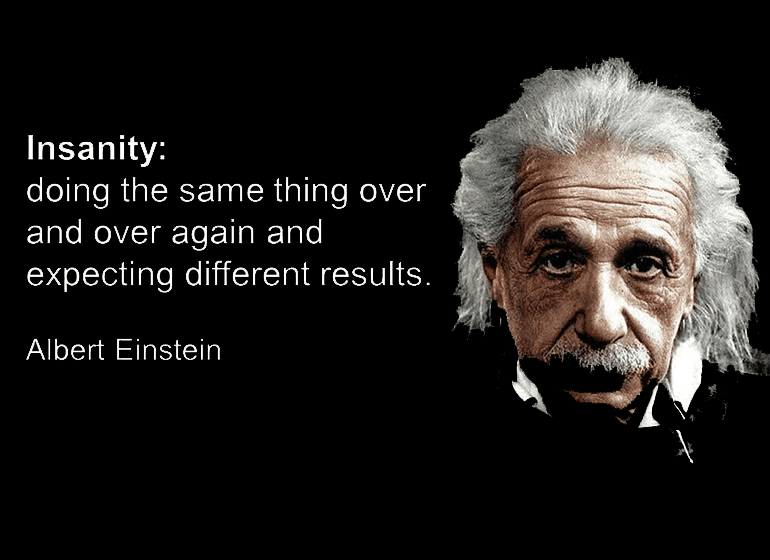activity doesn't lead to results
The important stuff isn't always achieved!
Despite best efforts & intent, many organisations encounter the same challenges …
- Only 1 in 10 achieve all their strategic goals - Harvard Business Review
- Only 56% of strategic initiatives meet their original goals - The Economist
- Only 2.5% of companies successfully complete all their projects - PMI
- 1 in 10 companies achieve sustainable profitable growth - Bain
- 5% of small businesses reached all their goals - Clutch Survey
- A whopping 67% of strategic plans will fail to deliver the expected results - McKinsey
Why organisations struggle
Critical core skills (beyond technical knowledge) are overlooked.
Strategic plans become unclear & mis-interpreted.
Activities do not align to delivering the key business goals.
Contribution from the ‘right people’ is ad-hoc or underused.
Engagement focus becomes just measuring a number.
Build Organisational Capability
The infrastructure in place to continually identify, develop & access the full capabilities of the workforce
Define Organisational Focus
Everyone clearly understands the business goals & they directly align to support the strategic plans
Create Organisational Energy
True engagement, a mindset for success, resilience & support are central across the workforce
Develop People Capability
People are equipped with the knowledge, skills & mindset to contribute to their full potential
Drive People Focus
People direct their efforts on what is strategically important & focus on delivering outcomes
Enhance People Energy
People feel passionate & care about their work with a willingness to go the extra mile without burnout

